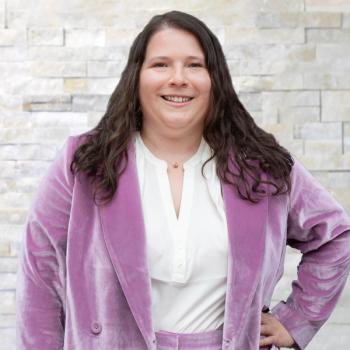
New Technique Dates Ancient Samples
Physicists in Italy have developed a new method, based on infrared laser spectroscopy, to carbon-date old samples that can be performed using portable and low-cost equipment. According to the researchers, their new idea could have other applications in biomedical procedures, environmental monitoring, fundamental physics, and explosives detection.
Physicists in Italy have developed a new method, based on infrared laser spectroscopy, to carbon-date old samples that can be performed using portable and low-cost equipment. According to the researchers, their new idea could have other applications in biomedical procedures, environmental monitoring, fundamental physics, and explosives detection.
Until now, accelerator mass spectrometry was the only method sensitive enough to detect the minute amounts of remaining carbon-14 in samples that are 50,000 years or older. The new method, developed by Paolo de Natale and colleagues of the National Institute of Optics and the European Laboratory for Non-Linear Spectroscopy, both in Florence, Italy, is almost as sensitive as the current method and is based on infrared laser spectroscopy, the researchers say.
As reported on Physicsworld.com, De Natale and his colleagues used a technique first unveiled last year, called saturated absorption cavity ring-down spectroscopy (SCAR), to overcome the problem of lasers not being sensitive enough for use in dating due to fluctuations in laser output. SCAR involves firing the laser into a cavity with a mirror at either end—essentially filing the cavity with light that bounces back and forth. The laser is switched off and a measurement is made of the rate with which the intensity of the light in the cavity decays, or “rings down.” Because the laser light is injected into the cavity in advance and switched off during the measurement, SCAR is not affected by fluctuations in laser intensity. Another benefit of the technique is that the multiple reflections ensure that the light interacts with the gas for a much longer time than if the laser were just fired through a sample.
By measuring how quickly the sample absorbed the laser light, the researchers were able to work out the proportion of carbon-14 that it contained.
De Natale says that, in the future, the technique could be adapted to detect tiny quantities of other rare molecules. This could allow it to be used to monitor the concentrations of hazardous pollutants in the environment, to detect drugs or explosives on passengers or in cargo at airports or to conduct research in fundamental physics.
Newsletter
Get essential updates on the latest spectroscopy technologies, regulatory standards, and best practices—subscribe today to Spectroscopy.



